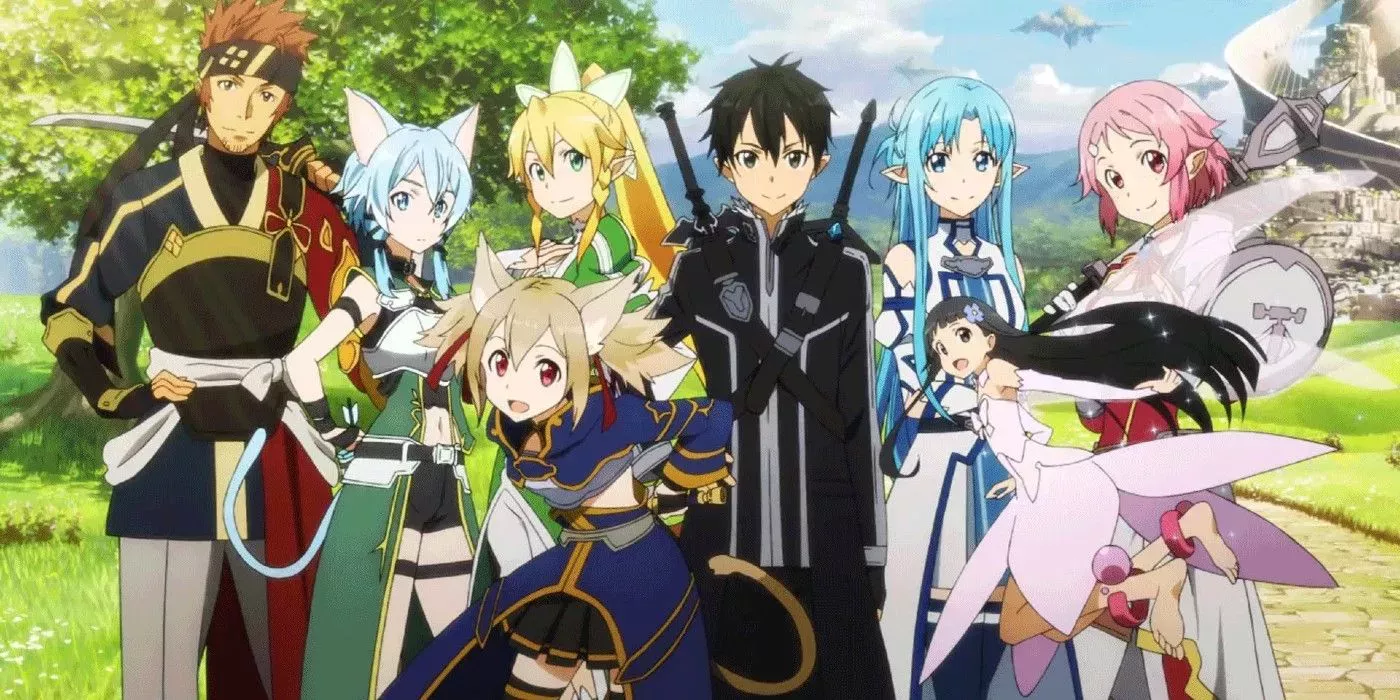I don't think
Kara Tur is beyond terrible, but it does have some issues.
For me the biggest is tying 1e/2e Kara Tur to
1e Oriental Adventures mechanics which is mostly fantasy Japanese classes and samurai honor with a bit of Chinese Kung Fu martial artists, while Kara Tur is two different era fantasy samurai Japanese islands, two fantasy Chinese empires, and some other South Asian fantasy analogues.
Having fantasy Chinese be samurai, bushi, and ninjas and have feudal Japanese style clans and samurai honor system is a bad fit.
1e OA is mostly a Player's Handbook of Japanese samurai fantasy stuff with a lot of cool 1e mechanics (classes, weapons, magic, proficiency options), an honor system I had no interest in using, and one of the best implementations of martial arts throughout D&D's editions. Kara Tur is literally covered in two pages at the back of OA briefly describing the two sets of Japanese and Chinese fantasy kingdoms, with four pages of daily life in Kara Tur which is all about fantasy feudal samurai culture.
Later the setting was fleshed out in a series of modules with heavy individual setting area development, and then a boxed set for the setting adding it to the Forgotten Realms.
In 2e it got fleshed out more with the Horde trilogy of novels and modules where the fantasy Chinese Shou gets spotlighted as being very fantasy Chinese and not Japanese. 2e Spelljammer took the FR Shou as getting into Spelljamming. Like every other spelljamming faction they basically get highlighted and fleshed out once then never really mentioned again in any of the follow up products.
3e and later has some Shou as having formed some enclaves in the core Forgotten Realms after the Horde events, so you can have fantasy Chinese canonically in normal FR stuff as part of the setting.





